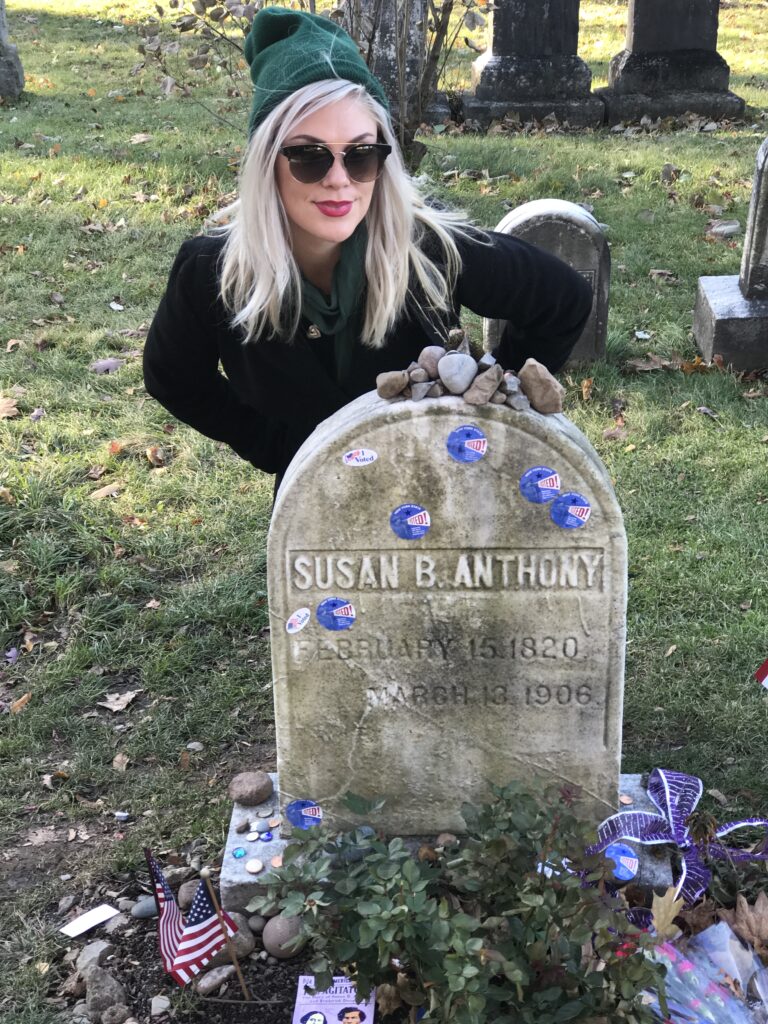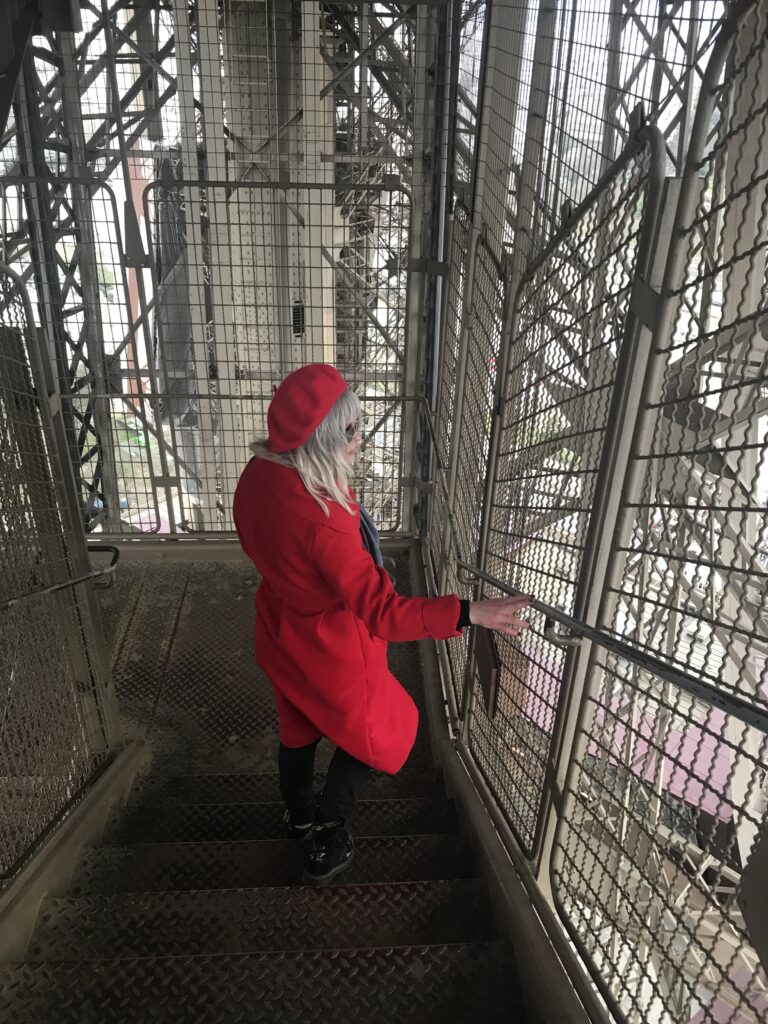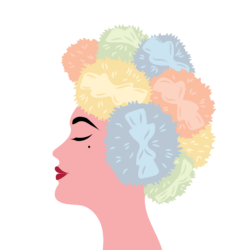
Adornment and the desire to enhance one’s appearance through body painting or decoration is an instinct as old as humanity itself. From ancient rituals of worship to acts of personal vanity, painting the body has been an essential part of grooming practices for centuries. What’s fascinating is how these acts of self-expression have evolved within societal frameworks—particularly around class and status.
Historically, makeup has been both a symbol of power and a mark of individuality. In some eras, who could wear what was heavily dictated by social standing. For the upper class, makeup was seen as an extension of personal flair, not something bound by moral judgment. However, as time went on, perceptions shifted. The popular press began linking the use of makeup not only to beauty but to notions of taste, deception, and even income level. What was once a practice that transcended social boundaries became a marker of class distinction. For some, appearing “tasteful” in makeup signified status, while others were critiqued or judged for their appearance based on economic circumstances.


This raises interesting questions about how society continues to view makeup today. Is it still a symbol of class, or has it returned to being an individual’s creative expression? How much of our perception of beauty is influenced by these historical undercurrents?
